When you visit a Disney Park, you’re likely to experience a LOT of emotions.

If you’re a Disney adult, like us, those emotions are probably joyful (sometimes to the point of tears), nostalgic, happy, and carefree. Sometimes, though, if you’re on a scary ride, you might even feel a little fear. Emotions play a huge part in the theme park experience, but Disney recently released a new study using facial recognition technology that looks closer at those emotions.
According to Nature.com, Shanghai Disney Resort recently used a geotagged facial recognition algorithm to explore the emotions of its theme park visitors. The study applied a facial expression recognition software called FaceReader to get demographic information and the emotion status of every visitor’s facial expression.

Previously, a study like this would usually use questionnaires and interviews to ask visitors about their emotional state. However, these techniques aren’t necessarily accurate because of false memories, misread emotions, and overestimated positive emotions. This new technique using facial recognition software takes those biases out of the equation.
Once that data was obtained, an “emotion distribution graph” was used to visualize each demographic group’s emotions in various spots throughout the park. Then that was analyzed to figure out the “emotion distribution” and how it varied between groups.
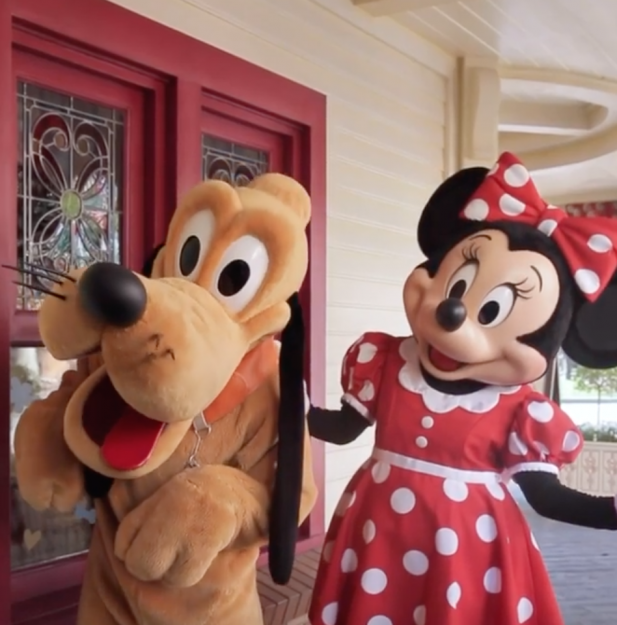
The demographic groups that Disney looked at included teen males, teen females, adult males, adult females, older males, and older females. The results showed that each group’s emotions were different in certain aspects. Here’s the very sciencey graph of the study’s results.
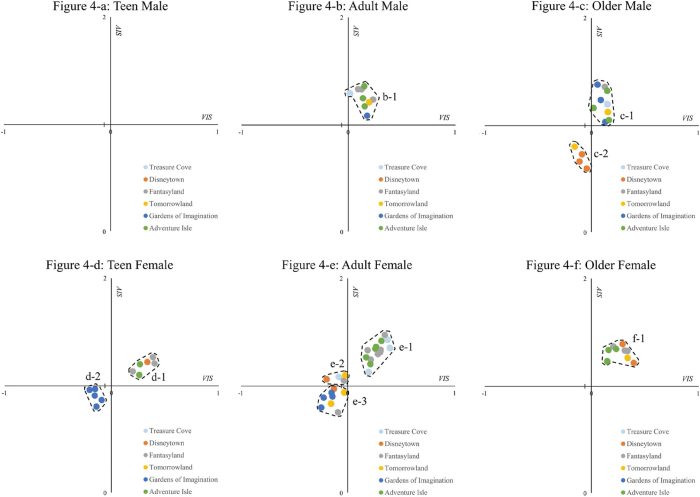
So the emotions are in clusters on the graph. The data suggests that teen males have no emotion cluster, which means that their emotional responses differed significantly in that group. On the other hand, Female Adults have the most clusters, suggesting they’re experiencing similar emotions in those specific spots in the theme park, although the e-3 cluster shows that some scenic spots even had a negative or low emotion associated with them. The colors represent each different location in the park.
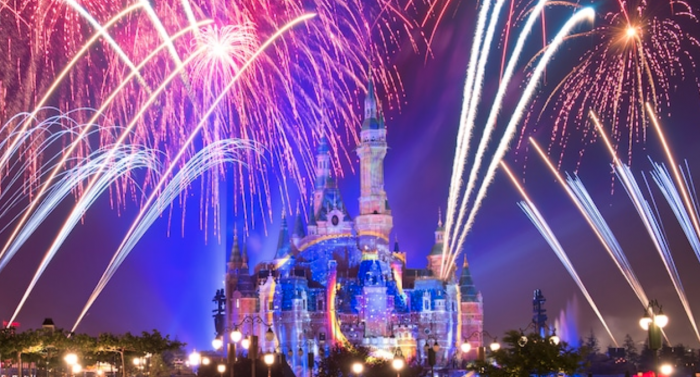
Basically, the study made it possible to visualize positive and negative emotions in each demographic group based on specific locations within the theme park. These findings could help Disney adjust their marketing and promotions to not only appeal to each specific group on an emotional level but also give all groups a satisfying theme park experience.
Let’s face, much of what Disney offers in its theme parks is meant to elicit emotional responses, so it makes sense the company would want to further study how the company can do that.
New Study Reveals Disney World Prices Have Increased 91% Over the Last 10 Years
Join the AllEars.net Newsletter to stay on top of ALL the breaking Disney News! You'll also get access to AllEars tips, reviews, trivia, and MORE! Click here to Subscribe!

What do you think? Let us know in the comments!


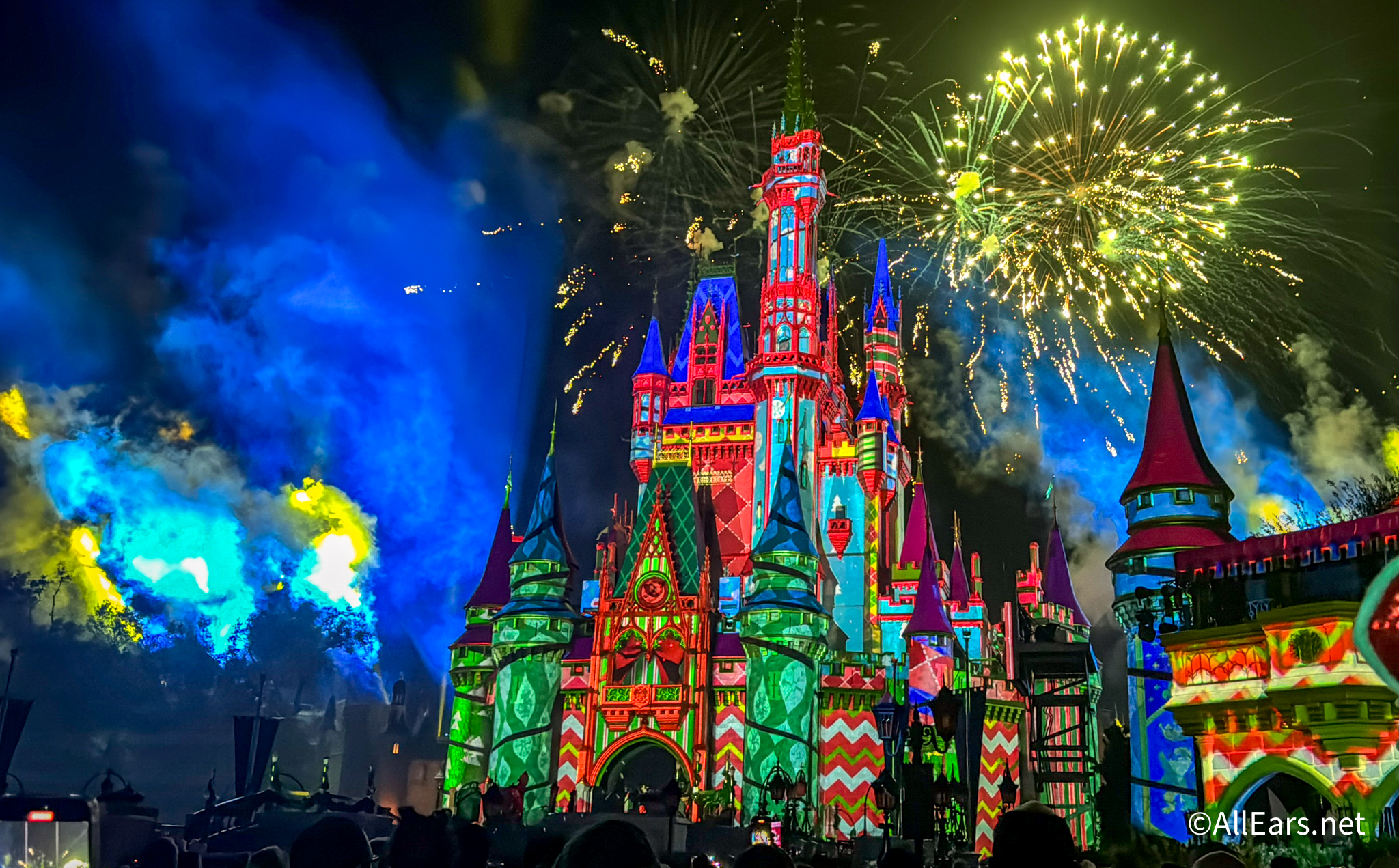







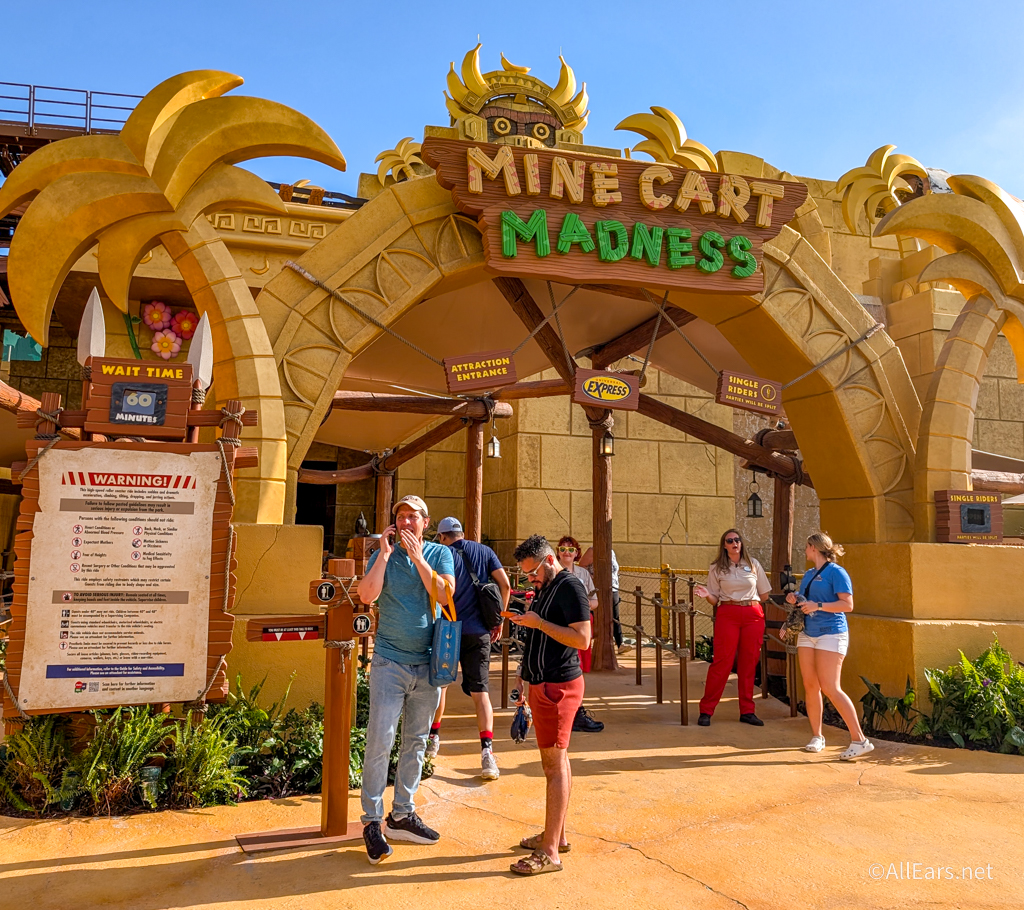
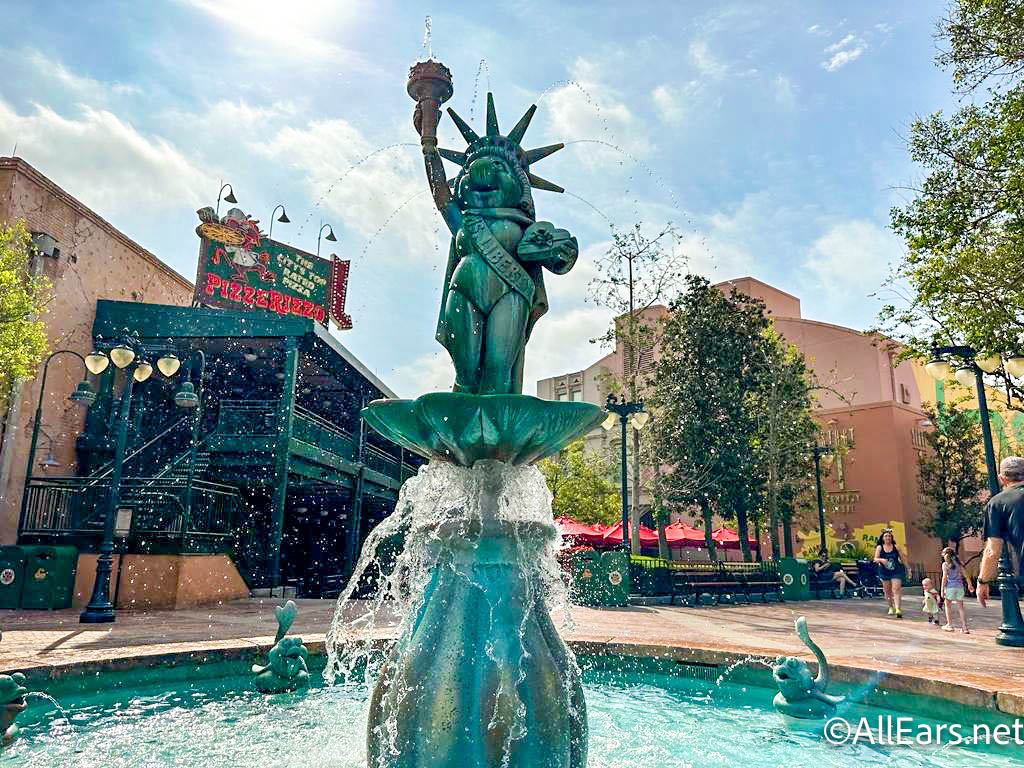


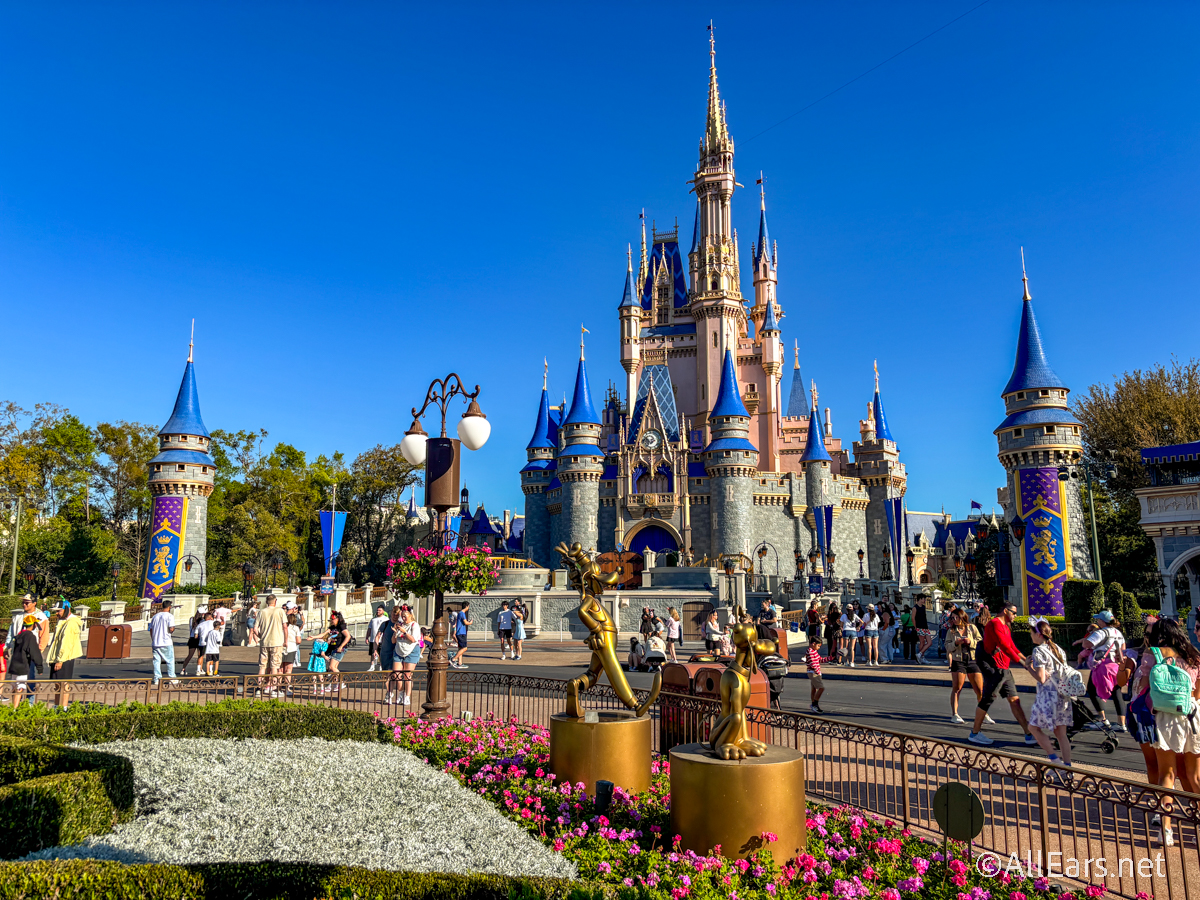



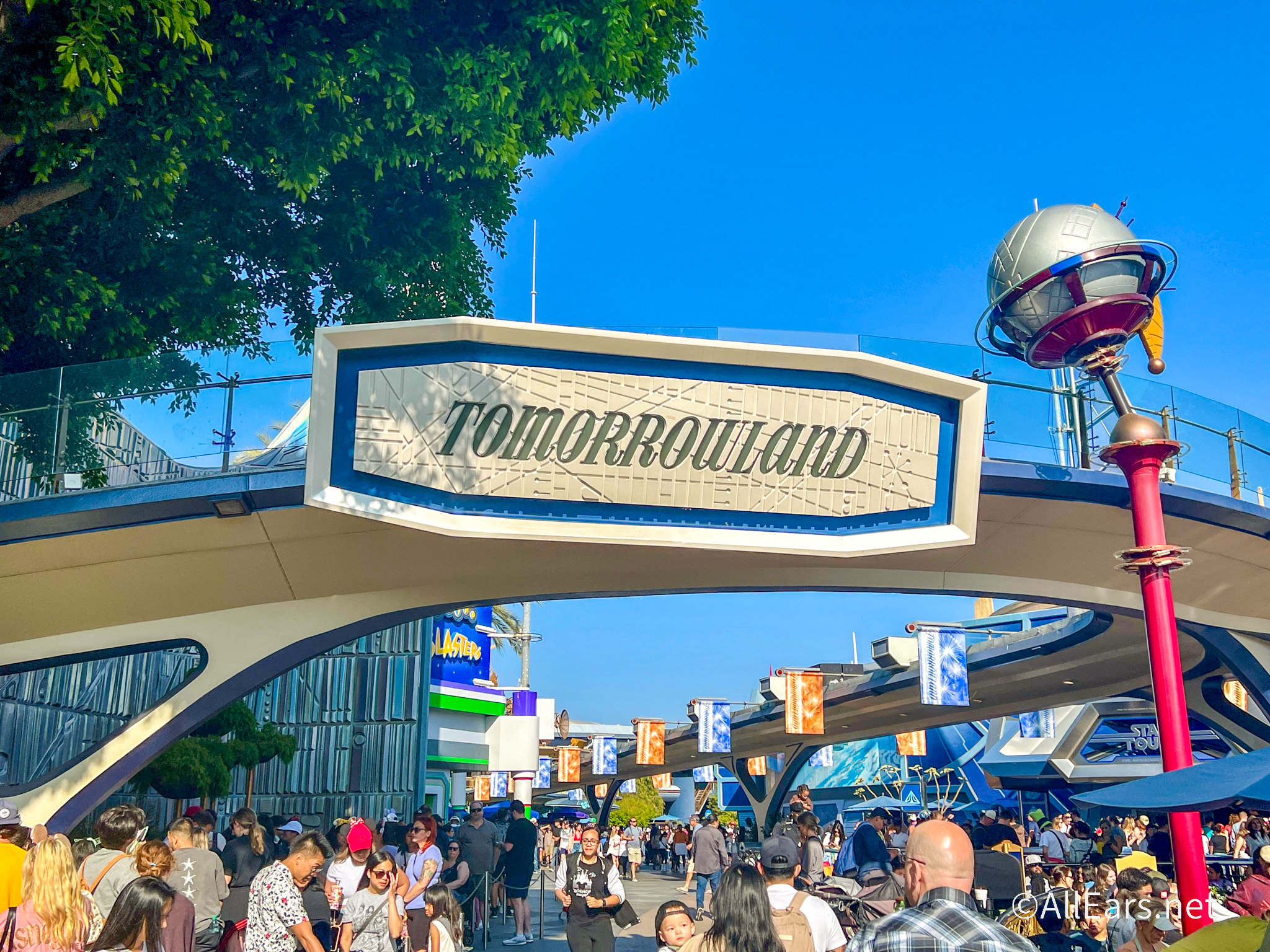


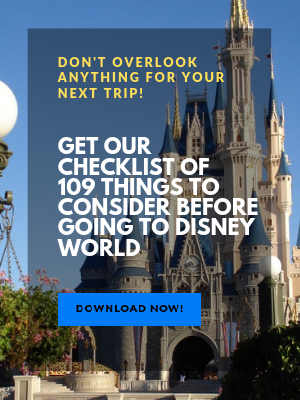
Trending Now
We asked our resident Disney adults which ride at Hollywood Studios they would rope drop...
Get your calendars out; we know when Disney World Christmas party tickets go on sale!
Amazon is clearing out the Disney vault!
Amazon has Loungeflys on sale as part of Prime Day!
We found the best Disney essentials you can get on sale on Amazon right now!
Amazon Prime Day is here with some HUGE deals on Disney souvenirs.
Why isn't Disney getting more specific about a soon-to-be-changed ride?
Let's breakdown the major changes coming to Disney World this Fall 2025.
Disney Adults are bracing for a big 2026!
A popular ride was removed from Early Entry at Epic Universe!
Should this iconic Hollywood Studios symbol be moved or stay in its original location?
Big update from this Disney World ice cream spot -- getting sundaes just got a...
Everyone say hello to Whimsy!
This big celebrity recently went to all four parks at Disney World!
Here's why you might want to skip your visit to Disney World this year.
Amazon Prime Day is giving us amazing deals on Oura Ring accessories!
Let’s be real: Disney World is basically a maze of vibes, snacks, and tiny details...
Fans are BEGGING Disney to bring back this classic ride, but the wait isn't likely...
Don't make these mistakes when sailing with Disney!
The film celebrates the legendary Imagineer's life and career.